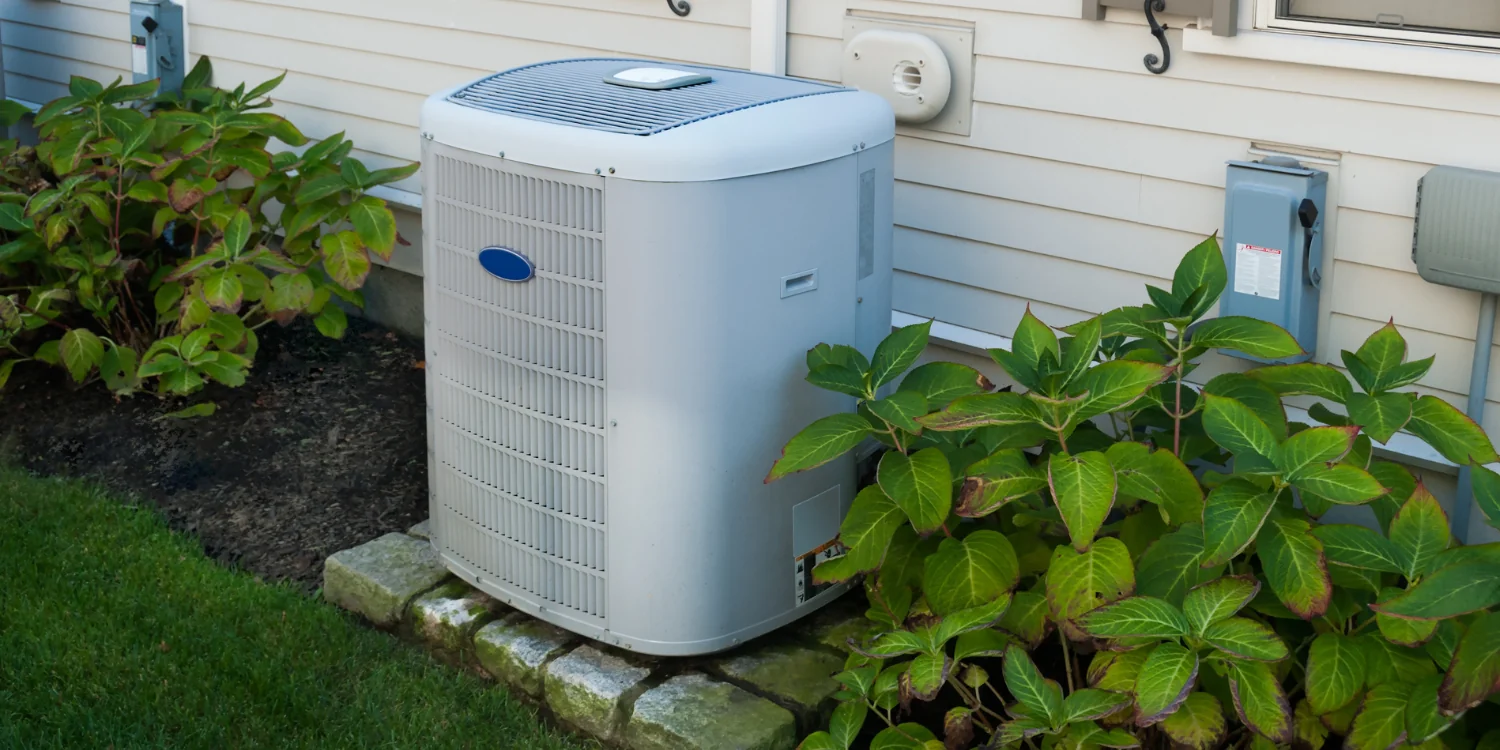
The only time you probably think about your air conditioner is when you turn it on. But just like all the home comfort products at ClimateCare, there are some really cool air conditioning facts about things like:
- Why they were invented (it’s not for what you think)?
- How many new homes include air conditioners (you’ll be surprised)?
- What people did to keep cool before air conditioning (it wasn’t easy)?
With that in mind, here are some neat and quirky air conditioning facts.
Fact 1: You can thank the newspaper industry for inventing the AC.
Before his name was found on home cooling systems all over the world, Willis Carrier worked at the Sackett-Wilhelms Lithographing & Publishing Company in Brooklyn, New York.
In 1902, there were some big problems at the printing plant:
- Printing pages was a very slow process. Sometimes, only one colour could be printed per page per day.
- The magazine paper used would absorb air and expand. As a result, the colours wouldn’t link up correctly.
- It took a long time for ink to dry. But pages had to be printed, since subscribers expected to get the next issue of their magazine and newspaper, no matter what.
Carrier worked at the plant as an engineer. His idea was to blow air through pipes that were filled with cool water, creating a sort of humidifier.
Afterwards, he wanted a faster way to cool the water in the pipes. He added a refrigeration machine, which, when turned on, blasted cool air throughout the plant.
And thus, the modern air conditioner was born.
Fact 2: Not every new home comes with an air conditioner.
It seems like an air conditioner is a fact of life. You’d think every newly built house would include an air conditioner unit.
Not so:
- 7% of brand new homes built in the USA 2017 DID NOT include an air conditioner (Source: 2017 Characteristics of New Housing).
- 45% of new single family homes in Canada DID NOT have air conditioning (Source: 2015 Households and the Environment Survey).
Think about that second bullet point for a moment. Yes, it gets cold in Canada, but it also gets really hot in the summer.
And 45% of brand new Canadian homes don’t have the cool comfort and convenience of a modern air conditioner.

Fact 3: One of the first public places to install an air conditioner? Movie theatres.
Whenever we hear the term “summer blockbuster”, we automatically think of hit movies and people waiting in line to see them.
That started in the 1930s.
Back then, movies weren’t really released in the summer. The reason being people would rather spend time outside than inside a dark theatre.
Then, movie studios started to release their biggest hits in summer.
The thinking was they could entice people to come indoors to enjoy a movie and the comfort of air conditioning at the same time.
It worked. Ticket sales skyrocketed as people flocked to movie theatres to escape the heat (and enjoy a good film, too).
And that’s how the phrase “summer blockbuster” came to be.
Fact 4: People did some strange things to keep cool before the AC was invented.
It’s impossible to imagine life without an air conditioner.
But that’s what the world was prior to 1902. And when the temperatures got hot, people from all over the world did whatever they could to keep cool.
Live underground
- In ancient times, the best way to beat the heat was to get out of it altogether. Underground caves, houses, and even cities were constructed to help with temperature regulation.
- This process is somewhat still in use today. After all, basements are generally cooler than areas of the house which are above-ground.
Thick walls
- Stone walls are excellent for conducting heat. Conducting means to pass heat energy through a particular material. The more stone used in walls, the more heat conduction could take place.
- While that was great in summer, it also meant the house itself was a lousy home heating system. After all, stone is great at getting rid of heat, which means it’s bad at retaining it.
Ice blocks (Ice harvesting)
- In order to keep cool in summer, many people harvested and stored ice blocks collected from frozen lakes during the winter. When the heat hit, they would bring the ice block into the house.
- A few reasons this was problematic. First, you had to find a spot to store the ice during the winter. Second, if it was a mild winter, it was difficult to find frozen blocks of ice.
- Finally, when the ice block did finally melt, it left a big puddle of water that needed to be cleaned up. In some instances, there was so much of it that floors became warped and furniture got ruined.
Fact 5: Hate working all year ‘round? You can thank (or blame) the air conditioner.
Before the advent of air conditioning, certain industries took 2-3 months off in the summer because it was just too hot to work:
- Government.
- Industrial manufacturing.
- Office work.
It sounds pretty good, doesn’t it? Take off from your job in May/June and come back in October.
Once air conditioners became commonplace, that practice came to an end. Workers were now expected to work 12 months a year.
As a matter of fact, in 1957, 90% of companies called air conditioners “the most important factor in office efficiency.” (Time Magazine).
Fact 6: A lot of energy is used to power air conditioners every year.
Here’s a short but sweet heating and cooling fact: The amount of energy used JUST for air conditioners (and remember, they’re not used all year long) could power the ENTIRE the continent of Africa for the same period of time.
Choose ClimateCare for your air conditioner needs
When it comes to the good ole’ AC, there are tons of interesting air conditioning facts
And when it’s time for a new air conditioner for your home, ClimateCare has you covered with:
For more information – or to schedule a service call – contact your nearest ClimateCare member. They’ll get back to you ASAP to discuss your needs with you!
 Get A Quote
Get A Quote




